September 24-30, 2023
Feeling the chill

Hello everyone! It's great to be back home, and thank you for your patience while I took a week off. I'm super excited to be back and sending out newsletters again!
Week in Review
What a week this has been in the Methow Valley! Despite several days of cold rain this is such a busy time that it's hard to take it all in. There's a lot to cover in this week's newsletter, so buckle in and let's get started.
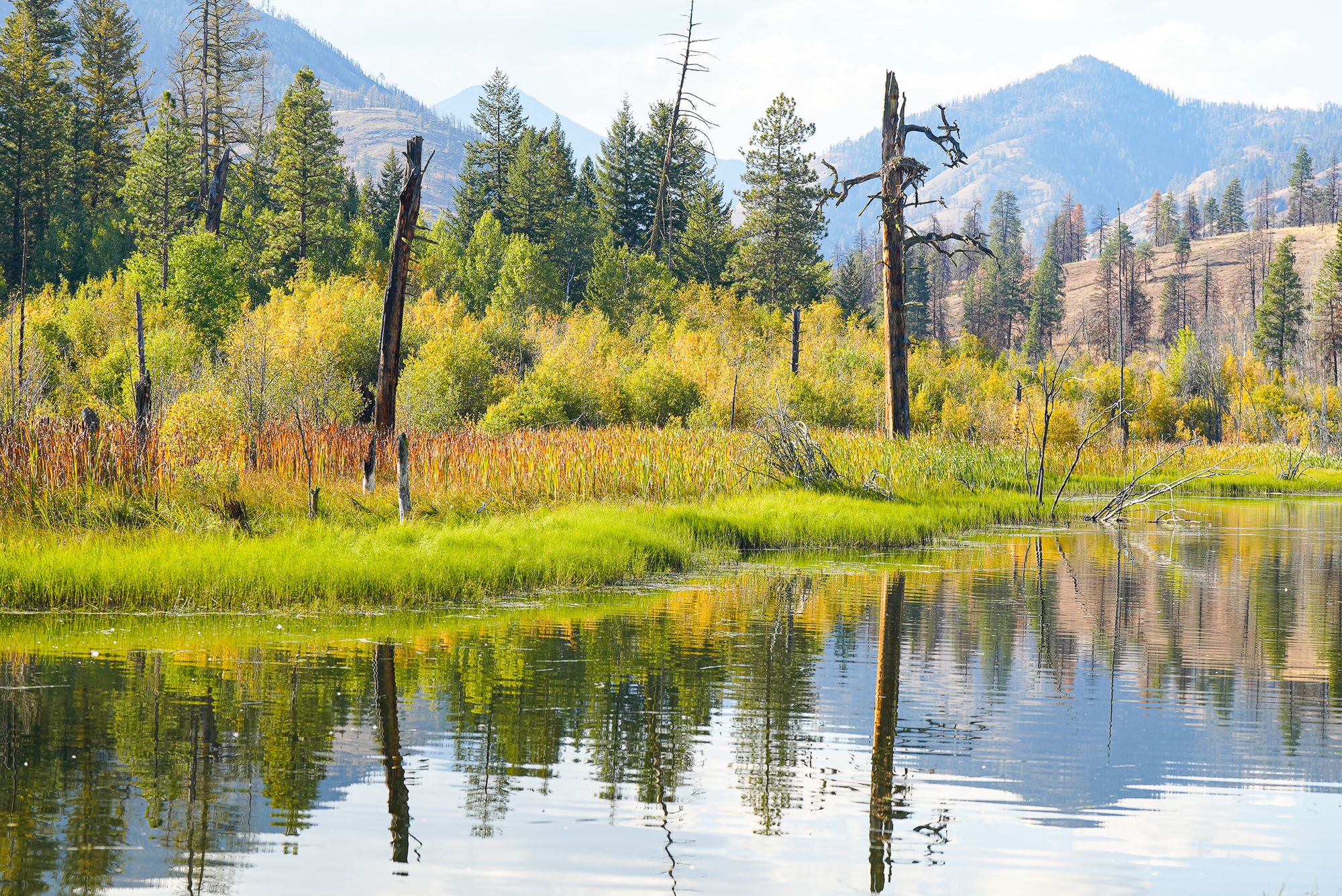
While I was gone last week the first substantial snows of the season dusted high peaks around the valley. It's a prelude of things to come, and right on cue I noticed early morning frost for the first time on September 29. Frost is the trigger that creates colorful leaves, so let the show begin!
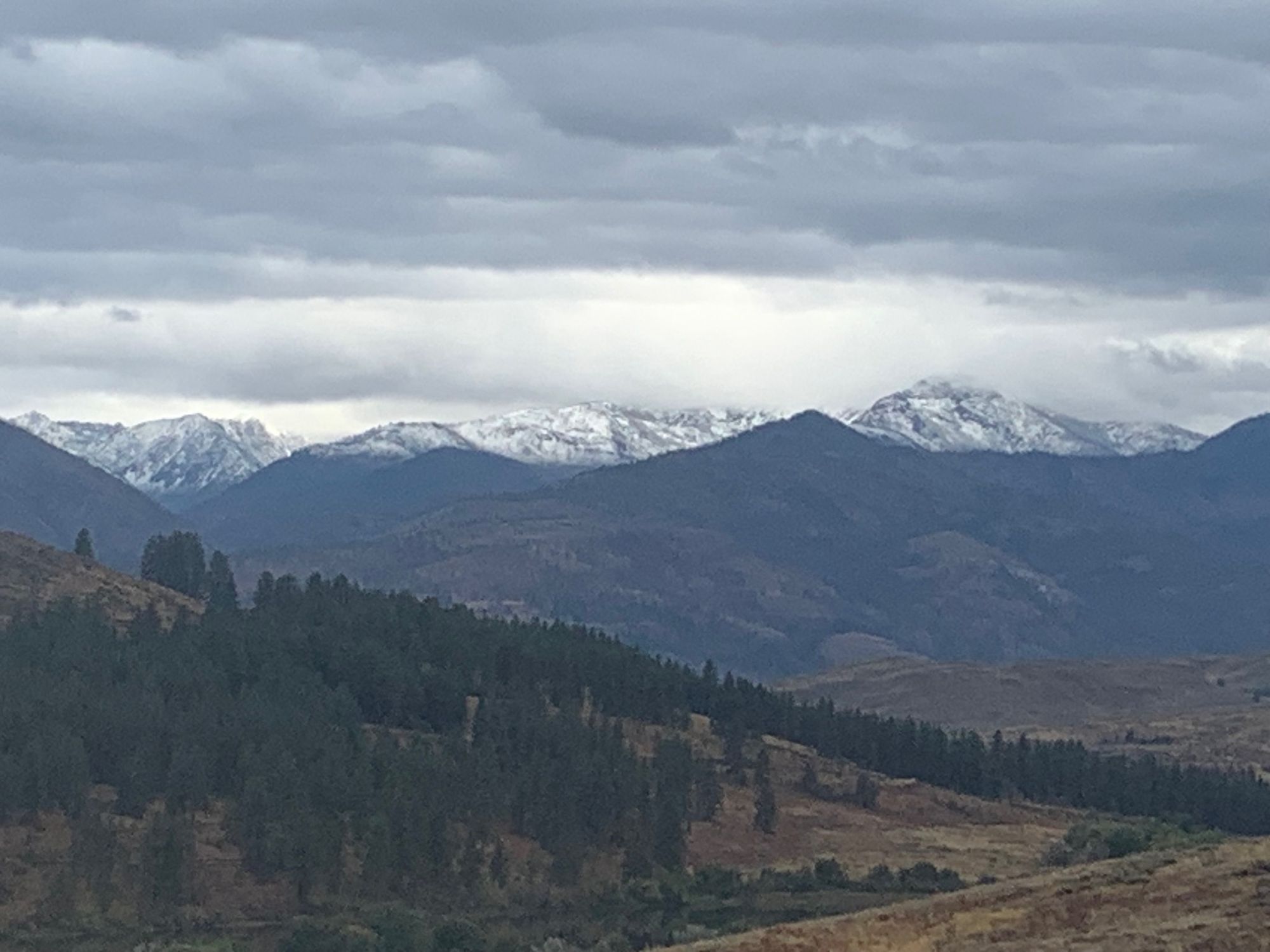
Of course, some leaves have already started changing. One distinctive plant that occurs downvalley is sumac (Rhus glabra), a close relative of poison ivy, which grows on dry hillsides and turns a startling red. But keep an eye out because the reds of sumacs will be replaced by the fiery oranges and yellows of cottonwoods and aspens in the coming days.
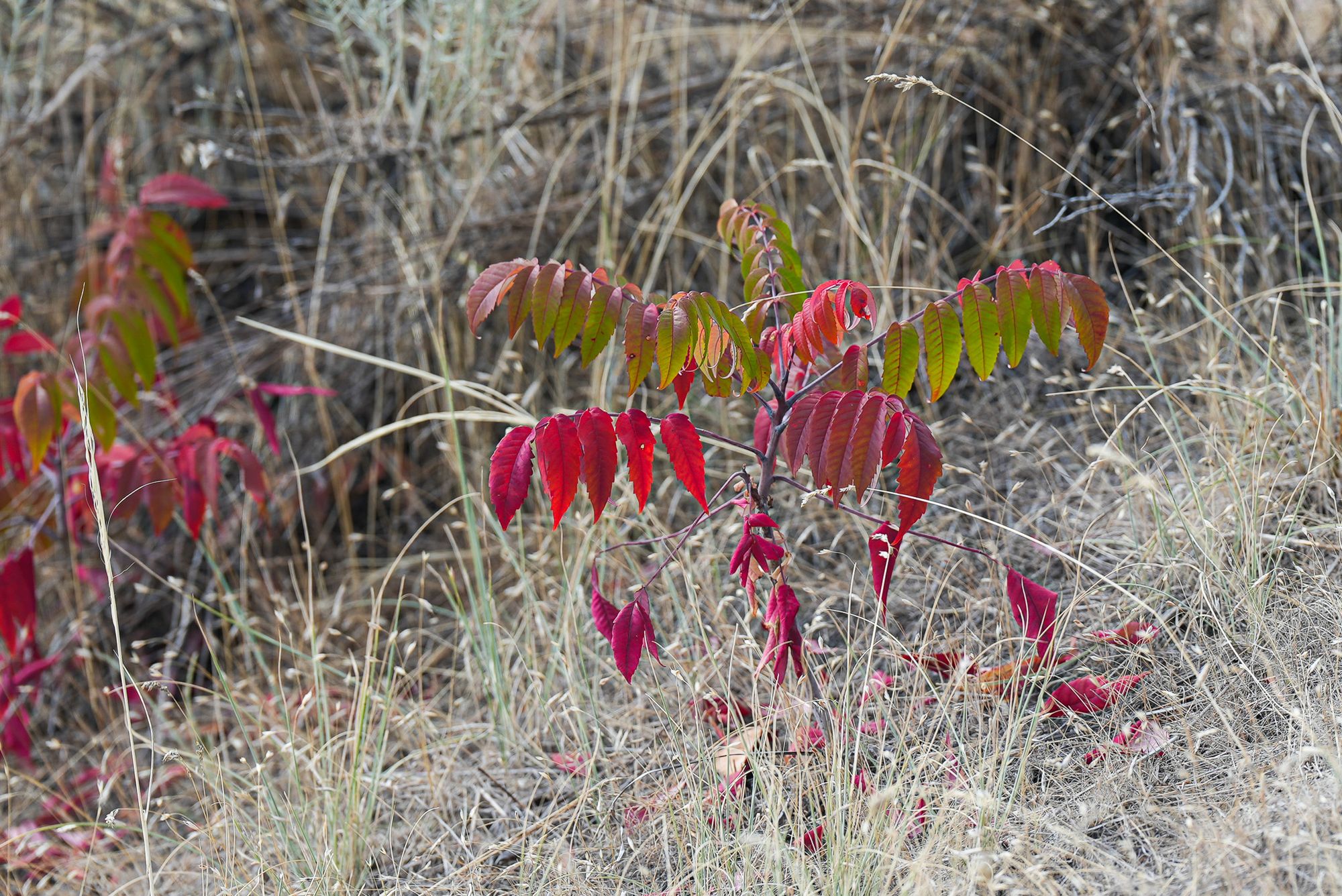
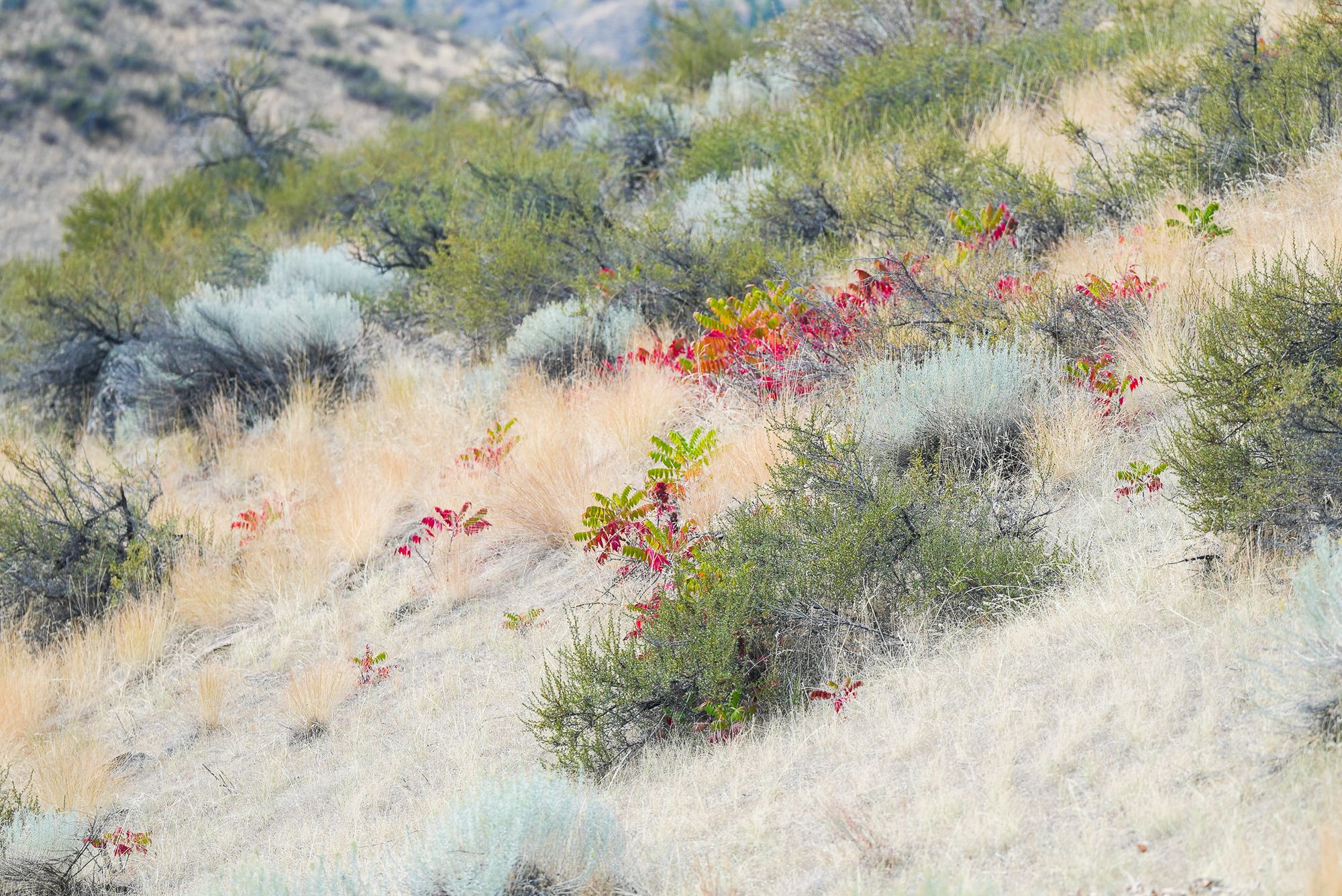
The rains have also produced a substantial crop of mushrooms, and perhaps the first mushroom to catch people's eyes is the colorful, and highly toxic, amanita. Commonly known as fly agaric (Amanita muscaria), this mushroom is easy to identify when fully developed due to its flashy orange-red top and white spots, but young ones can look like edible puffballs so be careful if you're someone who harvests puffballs.
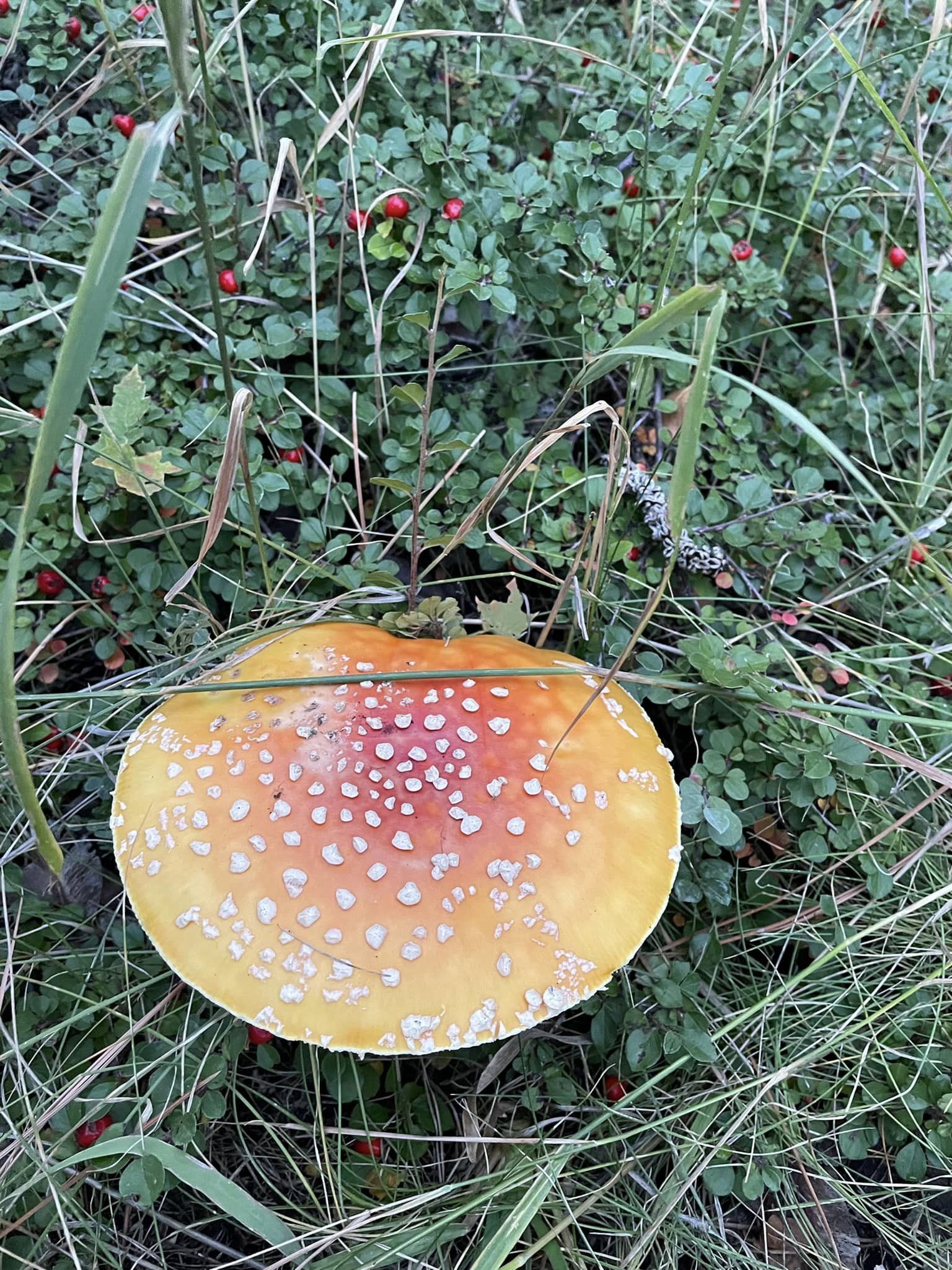
I find this a particularly fascinating time of year to pay attention to insects, mostly because they're disappearing quickly and it's fun to notice which ones linger to the end. For instance, it always catches my attention when I hear some late crickets still calling, or spot dragonflies lazily circling around a pond. There are even a handful of grasshoppers still around, and on the Facebook group there was a fun observation of a praying mantis laying eggs.
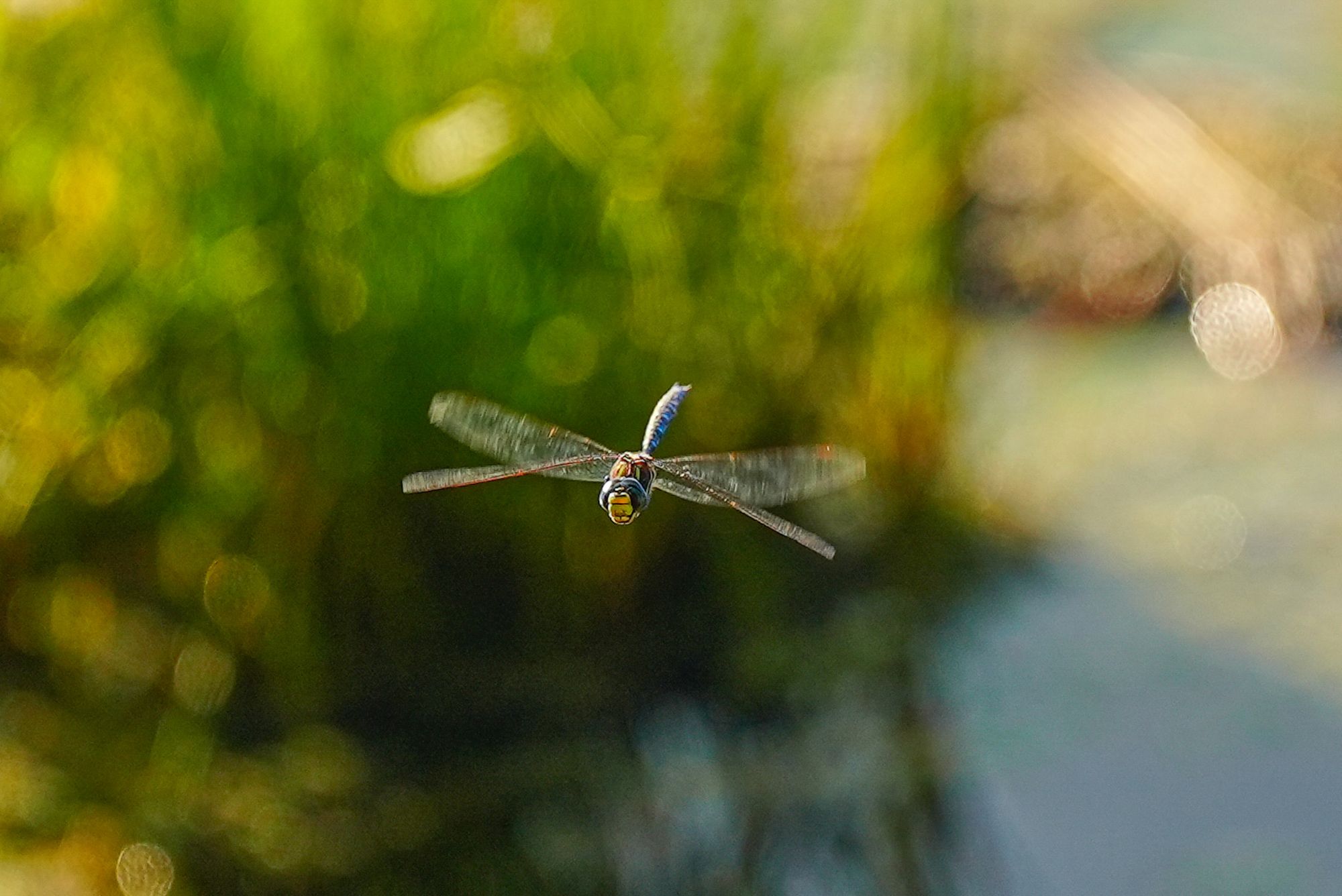
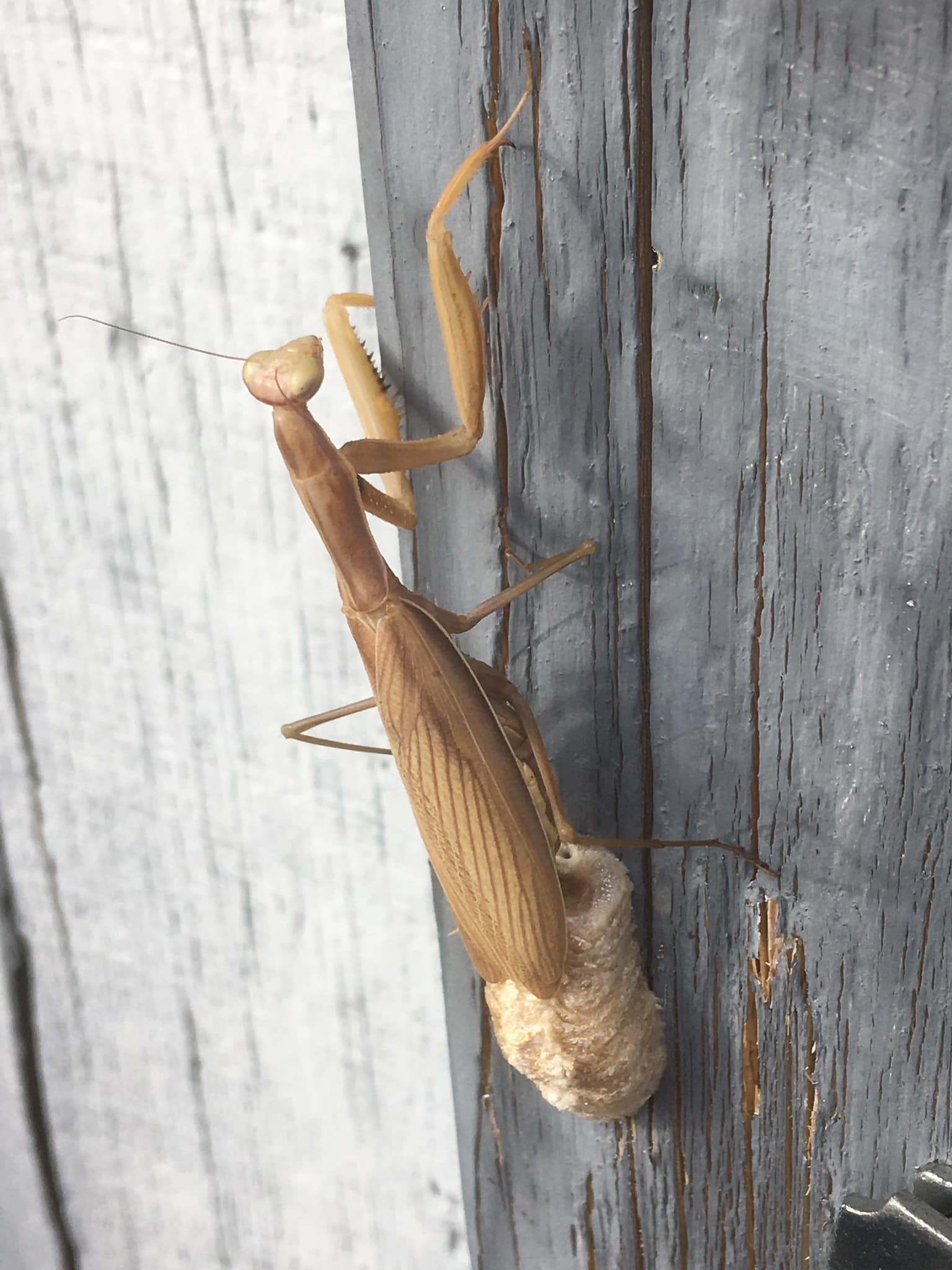
Another surprising animal that comes out when it's raining, or the ground is moist, is our secretive tiger salamander. These large, stocky salamanders favor dry grasslands, where they spend most of the year living in holes such as gopher burrows. But when it's raining, they'll come out to eat or travel to breeding ponds, and several have been reported in the past couple weeks.
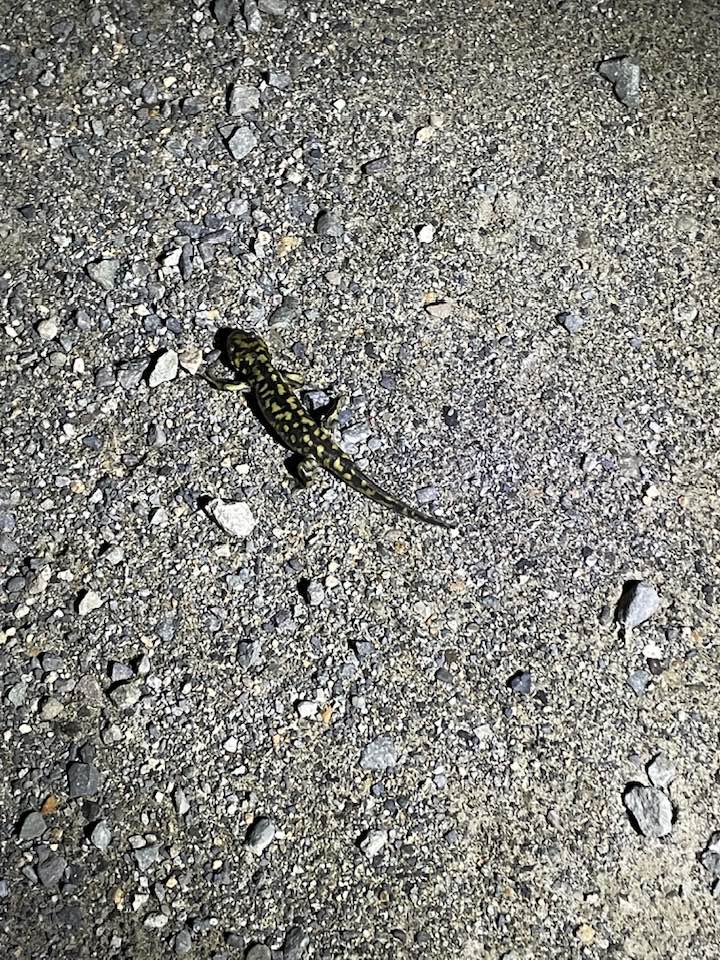
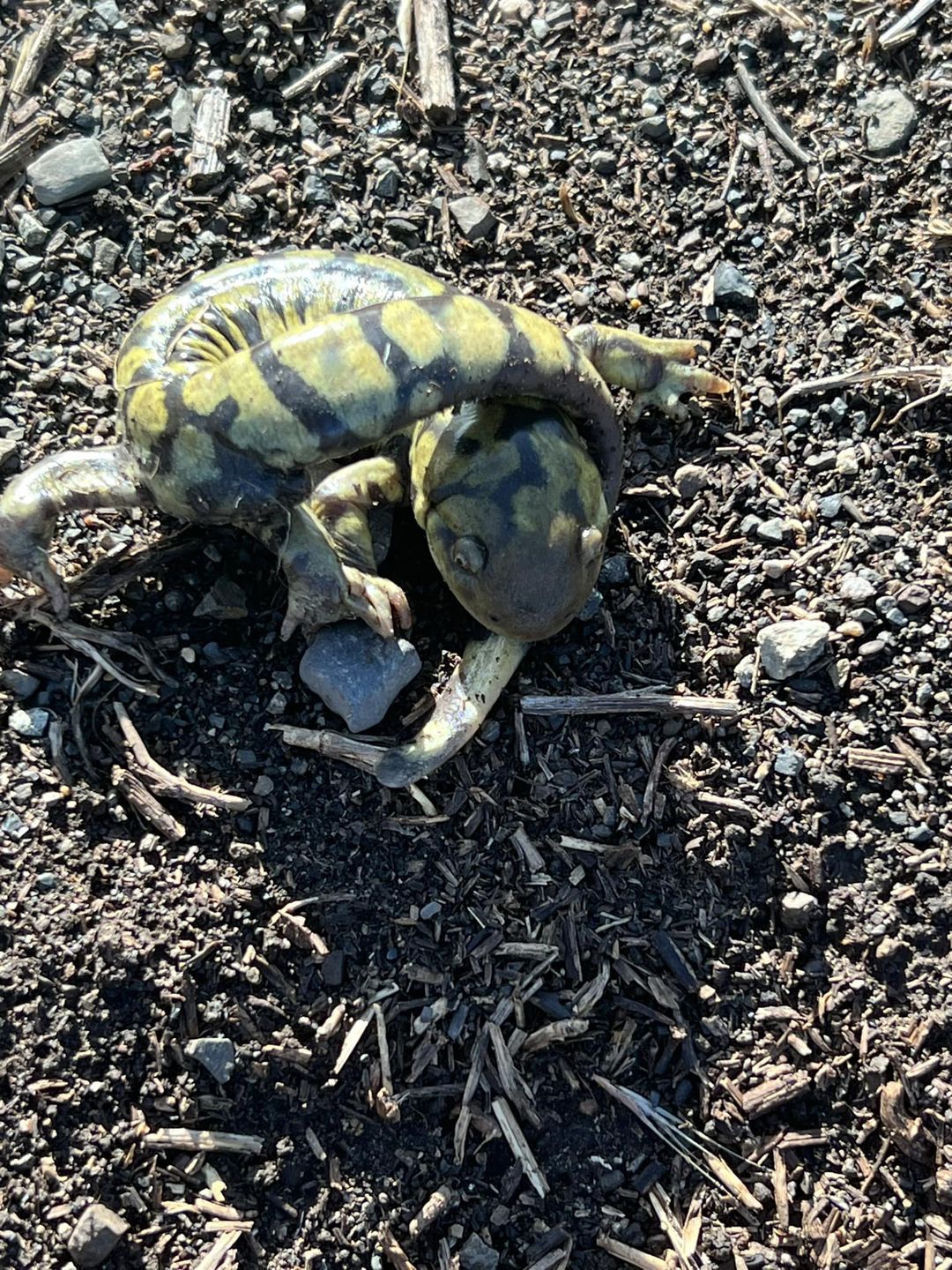
Perhaps you've been noticing people parking to fish for summer chinook in the river recently. I chatted with Leaf Seaburg at Methow Fishing Adventures to learn more about what's going on with our local fish, and he mentioned that, in addition to summer chinook, we have bull trout, whitefish, and steelhead actively moving upstream into the Methow Valley to start spawning right now. I don't know much about our local fish, so I was thrilled when he shared this gorgeous photo of a bull trout.
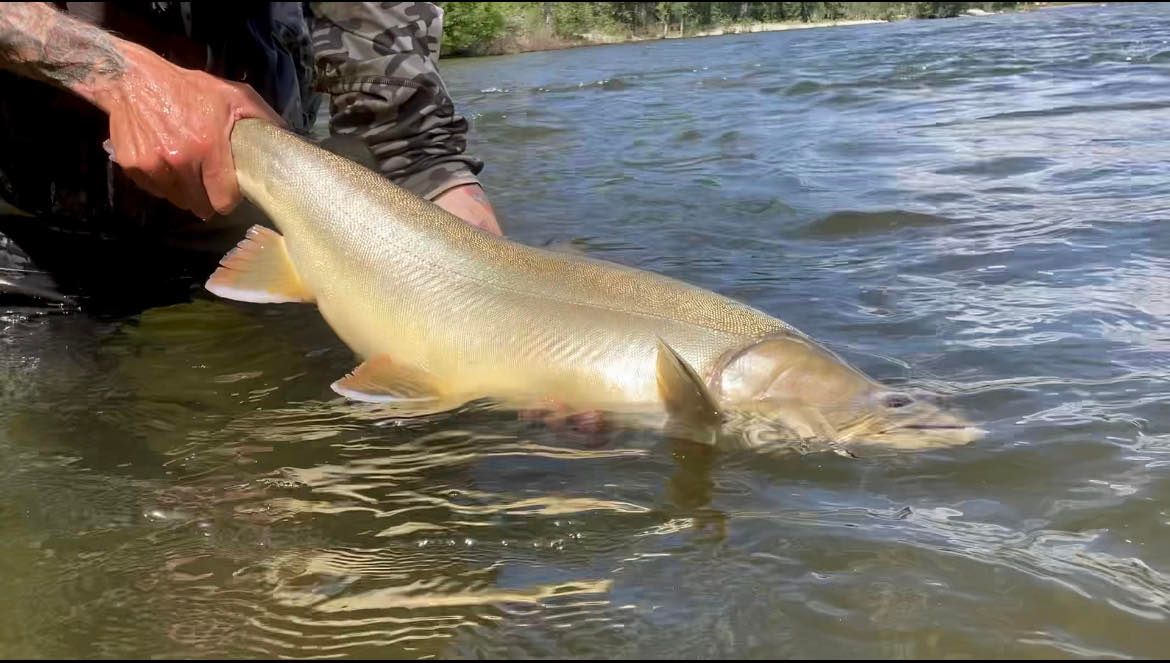
If nothing else, fall is a great time for birdwatching. Birds are eagerly heading south so there's a lot going on right now, and if you want to learn more about bird migration, you'll enjoy my article about how birds migrate using sounds.
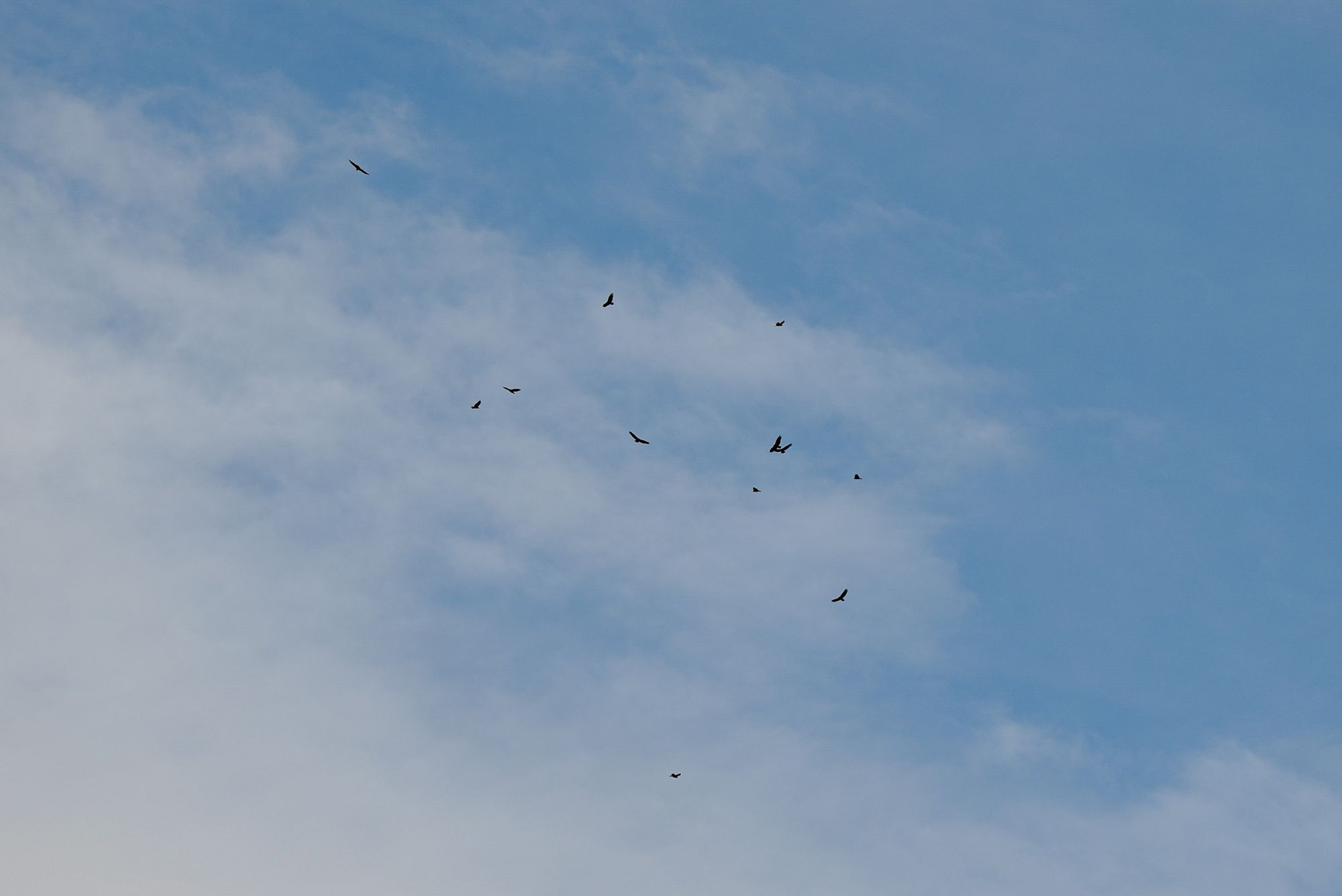
People have been commenting on how many yellow-rumped warblers they have been seeing. These lively little birds are migrating in groups, making loud chipping notes and actively hopping through branches or flying into the air to catch passing insects. It's always worth looking at these groups because other birds will often join them for companionship, and I spotted my first ruby-crowned kinglet of the year this way.
I'm also seeing a different kind of migration at Twin Lakes as nervous groups of water birds stop briefly. On September 27, there was a group of 8 western grebes. And on September 29 there were 14 Bonaparte’s gulls, 15 American wigeon, 7 northern shovelers, and 17 ring-necked ducks, each in their own tight groups.
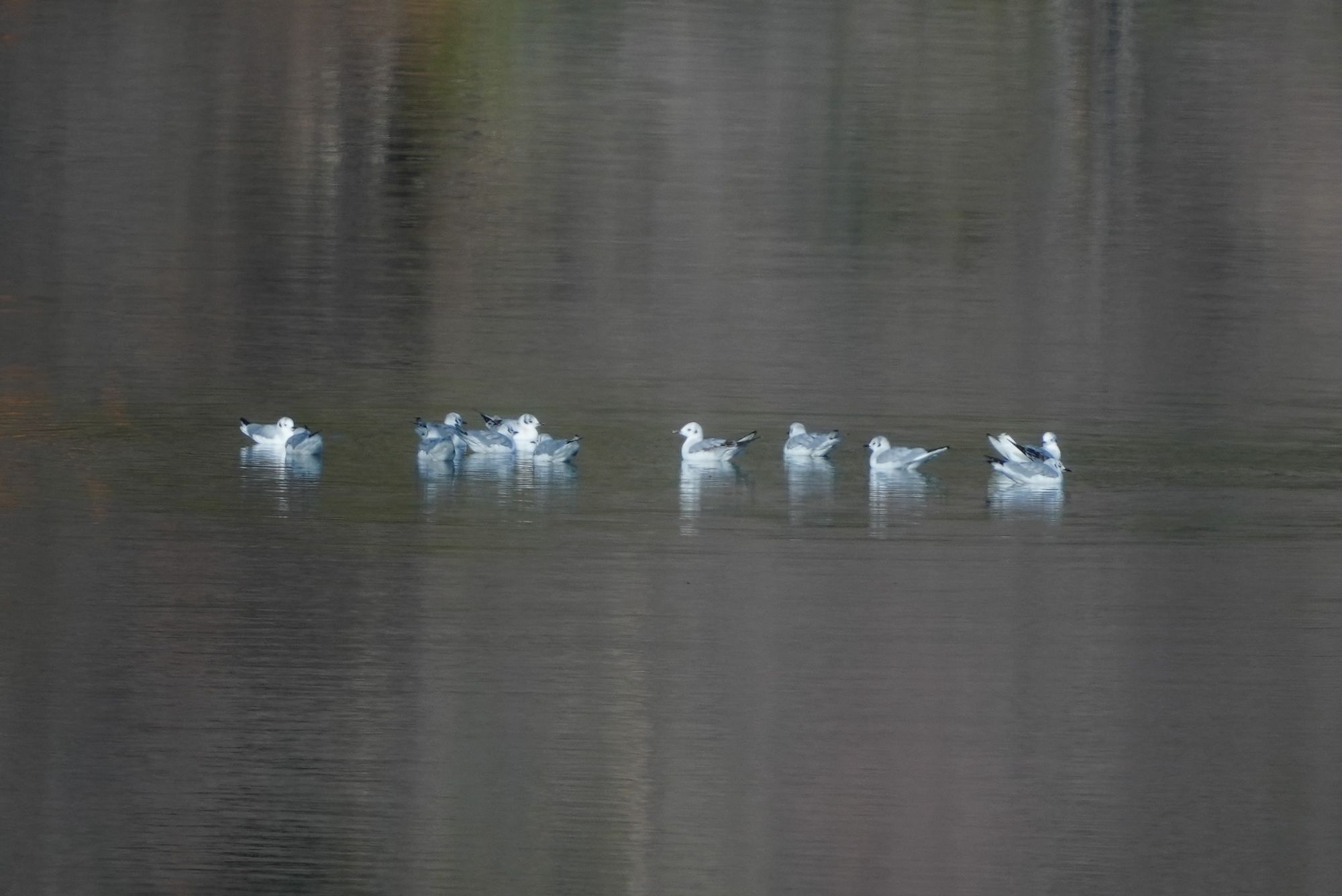
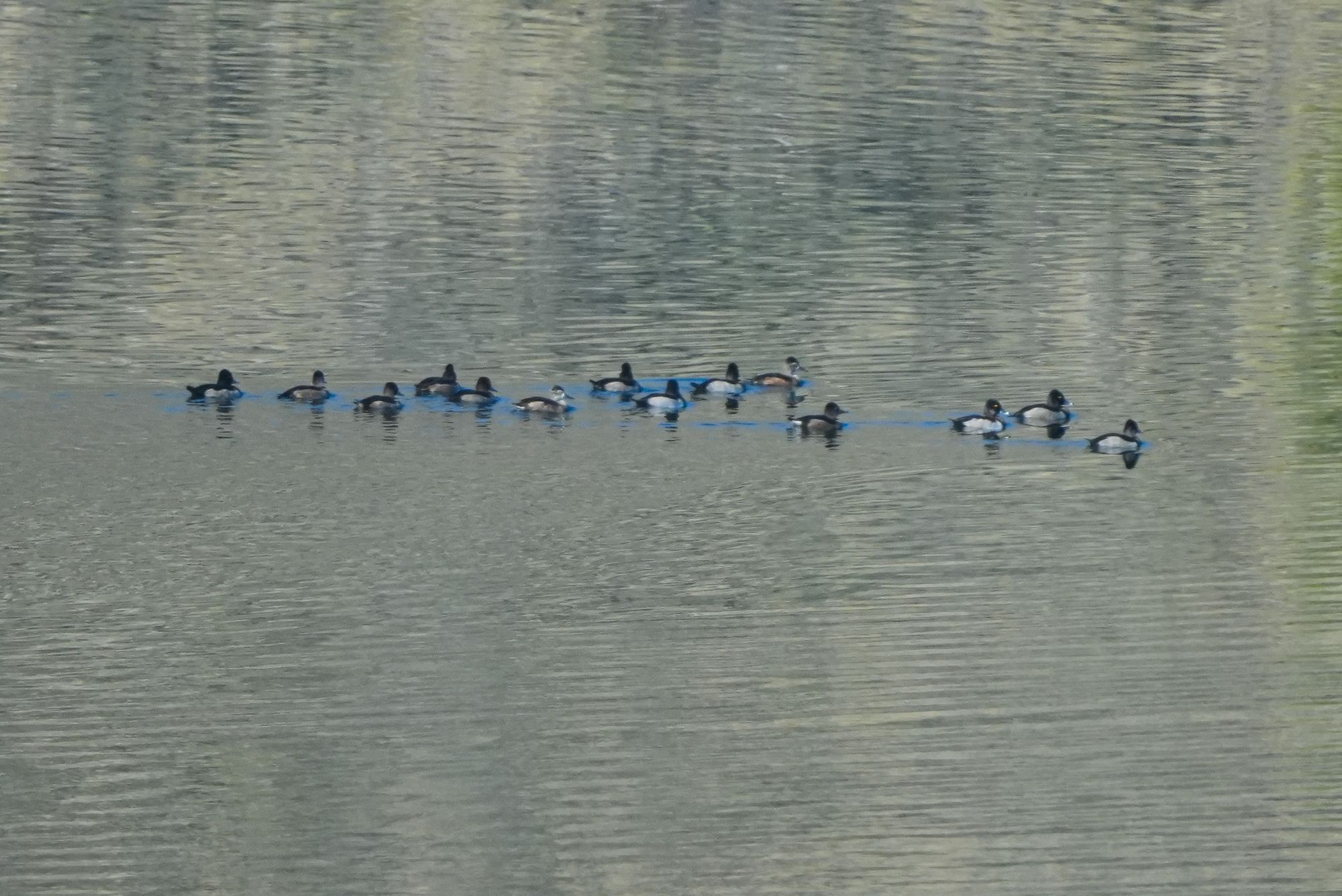
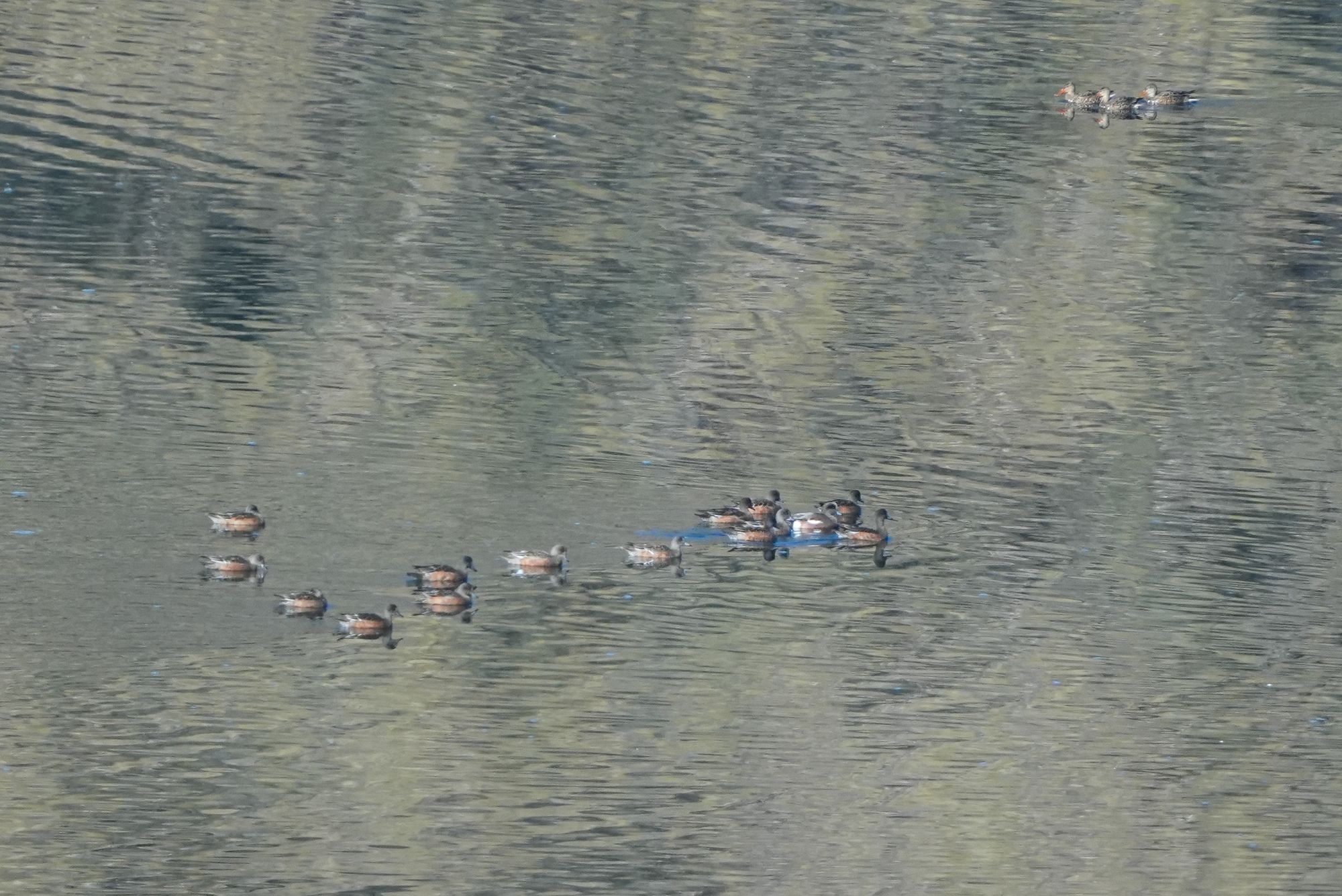
Other migrating birds have included a flock of swallows on September 25 and a large group of about 100 American pipits on September 26. And then on September 29 there appeared to be a major movement of sandhill cranes migrating high overhead with multiple people reporting groups of hundreds of birds over the course of the day. That evening I spotted an immense flock of thousands of cranes migrating in the moonlight!
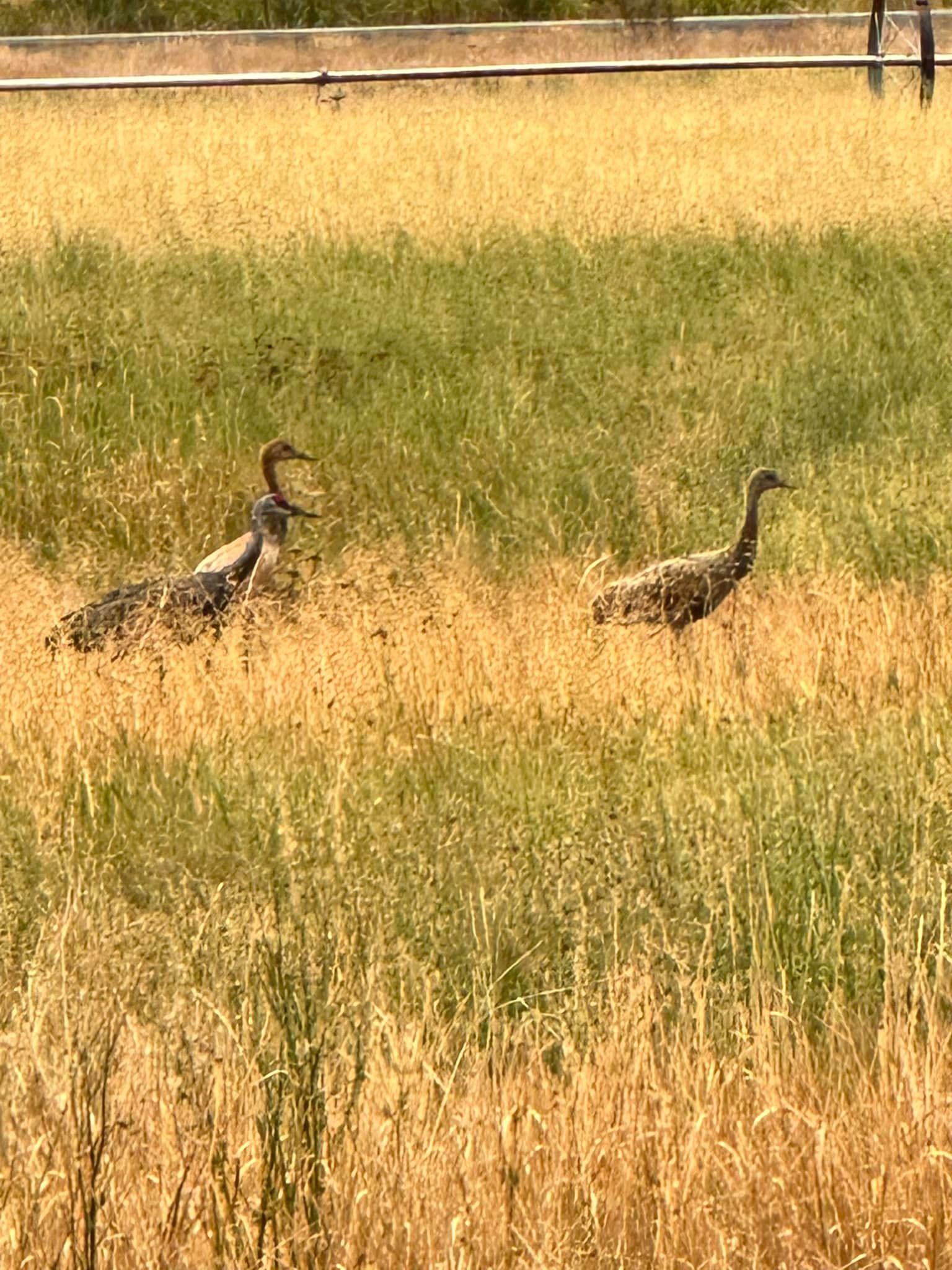
Finally, mammals are busy as well, including lots of activity as chipmunks and red squirrel stockpile foods in their winter pantries. Notable this week have been several reports of endangered, Townsend's big-eared bats. These lovely critters are my favorite bats, and I was glad to see on Facebook that people are being careful and considerate when they find one of these very special bats.
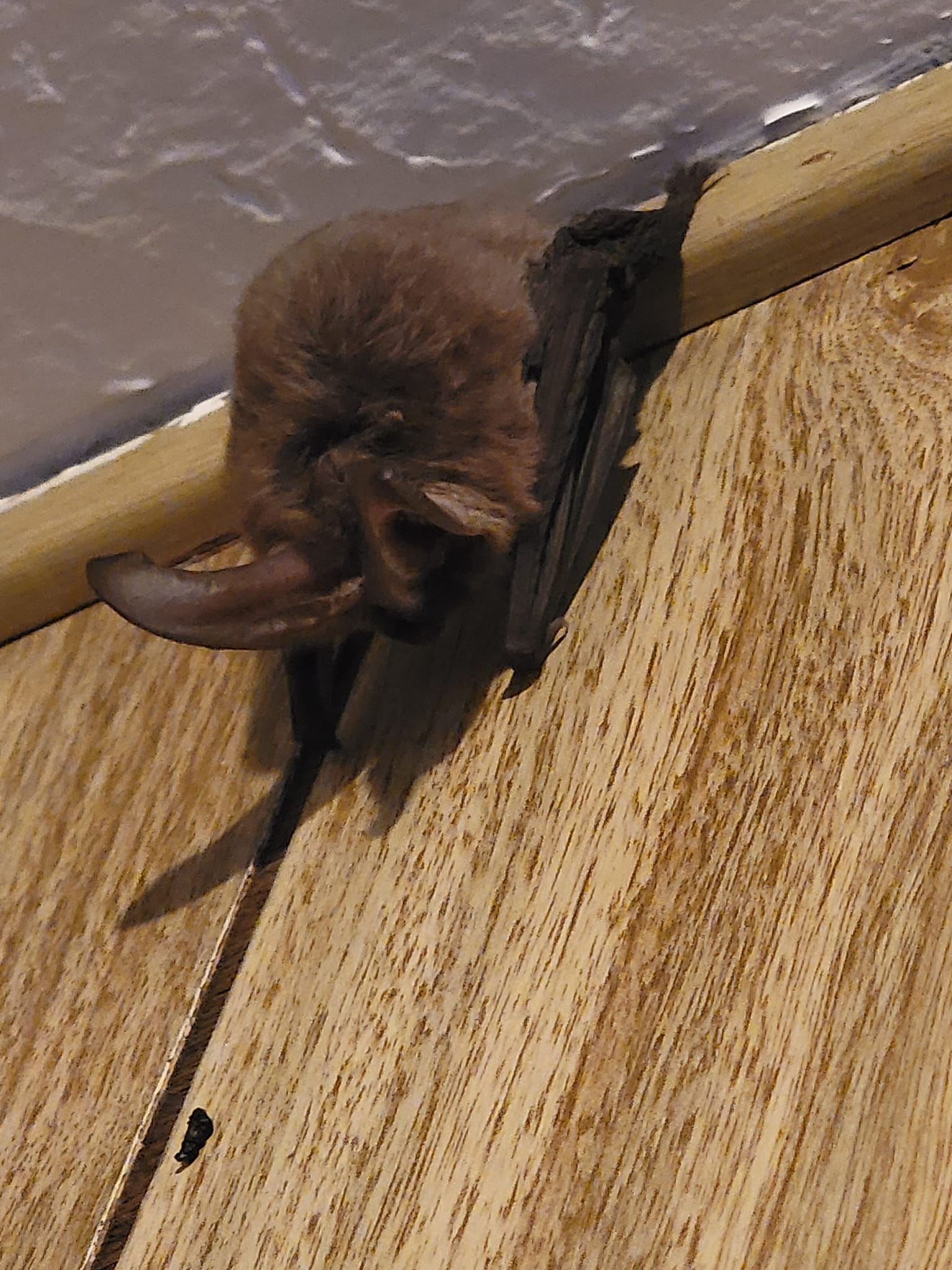
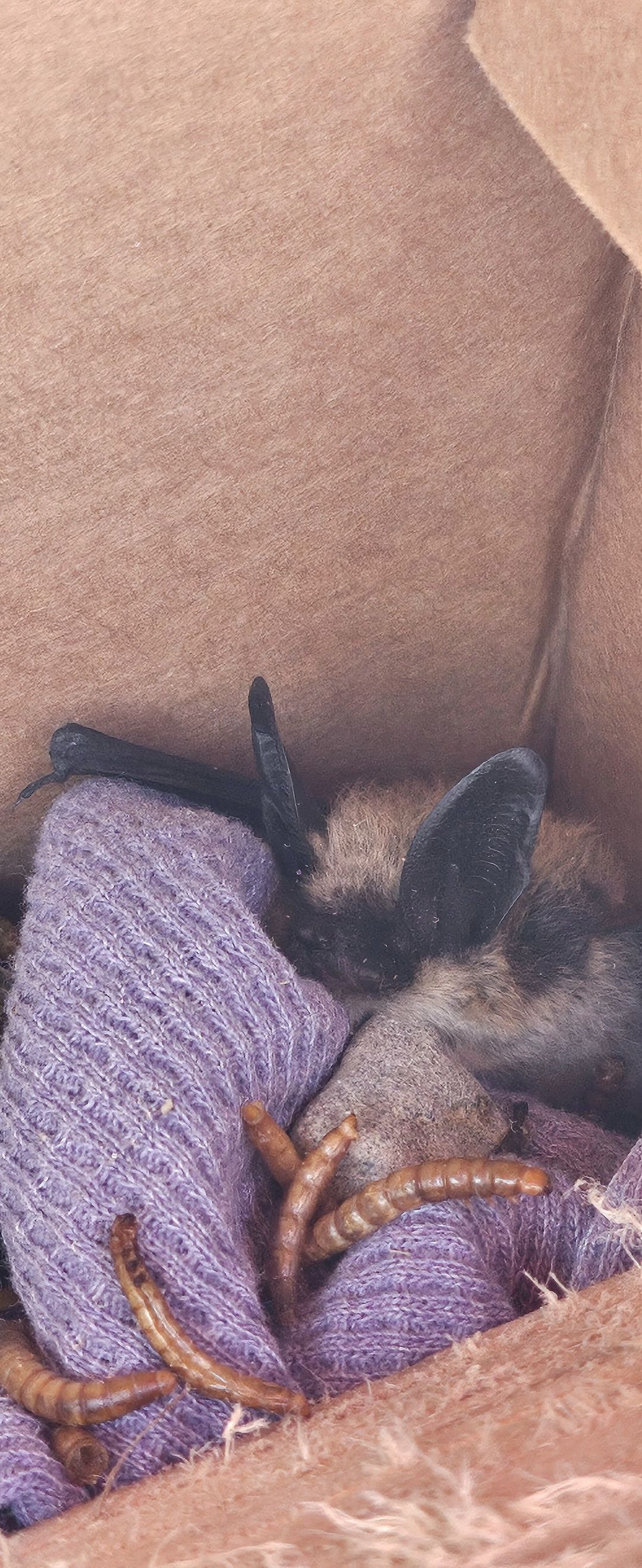
Observation of the Week: Late Pollination
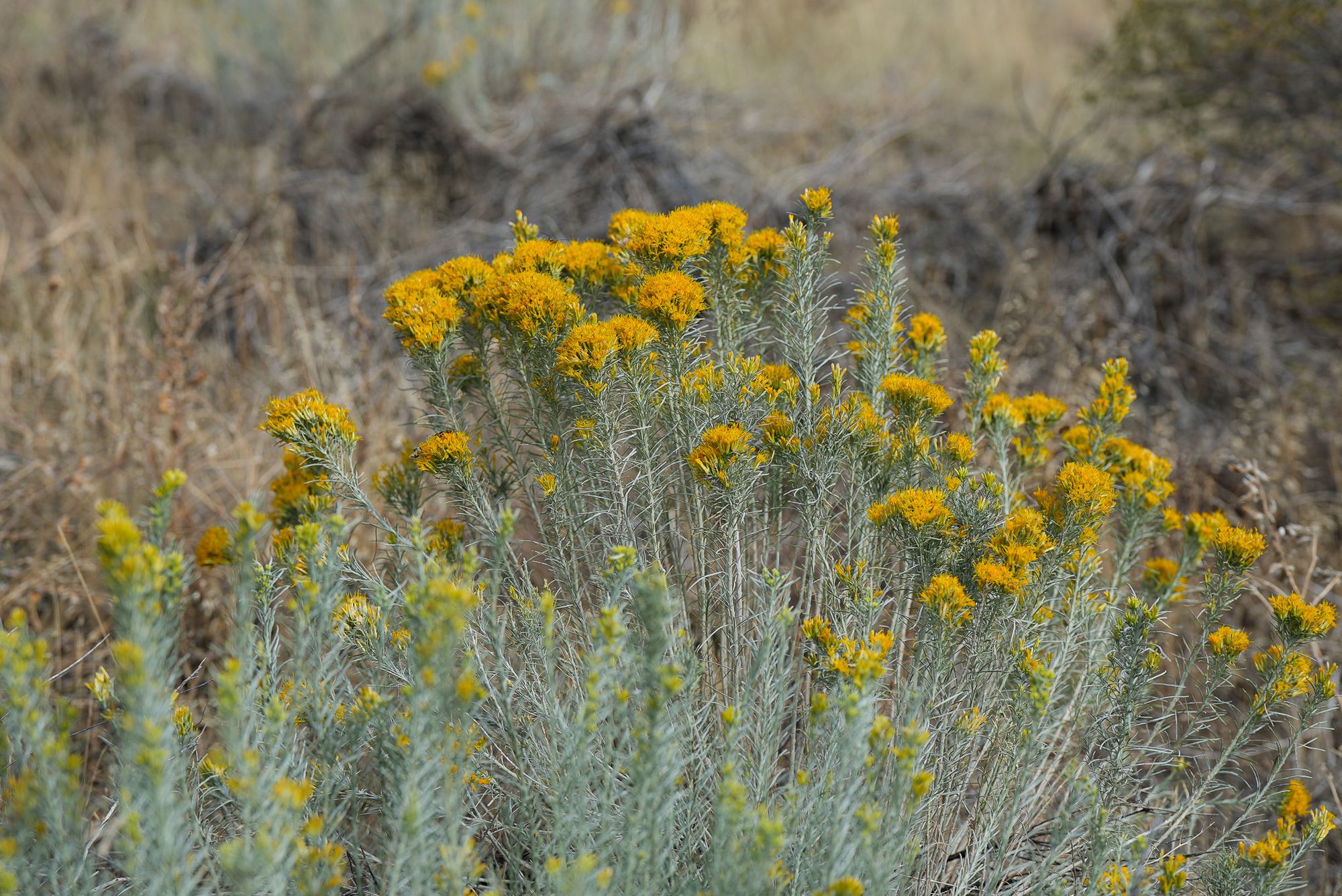
Late summer and early fall are a fascinating time to think about pollination because the days are much colder and wetter, and there are not many insects flying around, so it's a challenging season for producing flowers that need to be pollinated.
One solution is to rely on wind to disperse your pollen, and we have two common flowers using this strategy right now. One flower is the prolific and problematic weed known as tumbleweed, or Russian thistle (Kali tragus or Salsola tragus), which has open pinkish flowers.
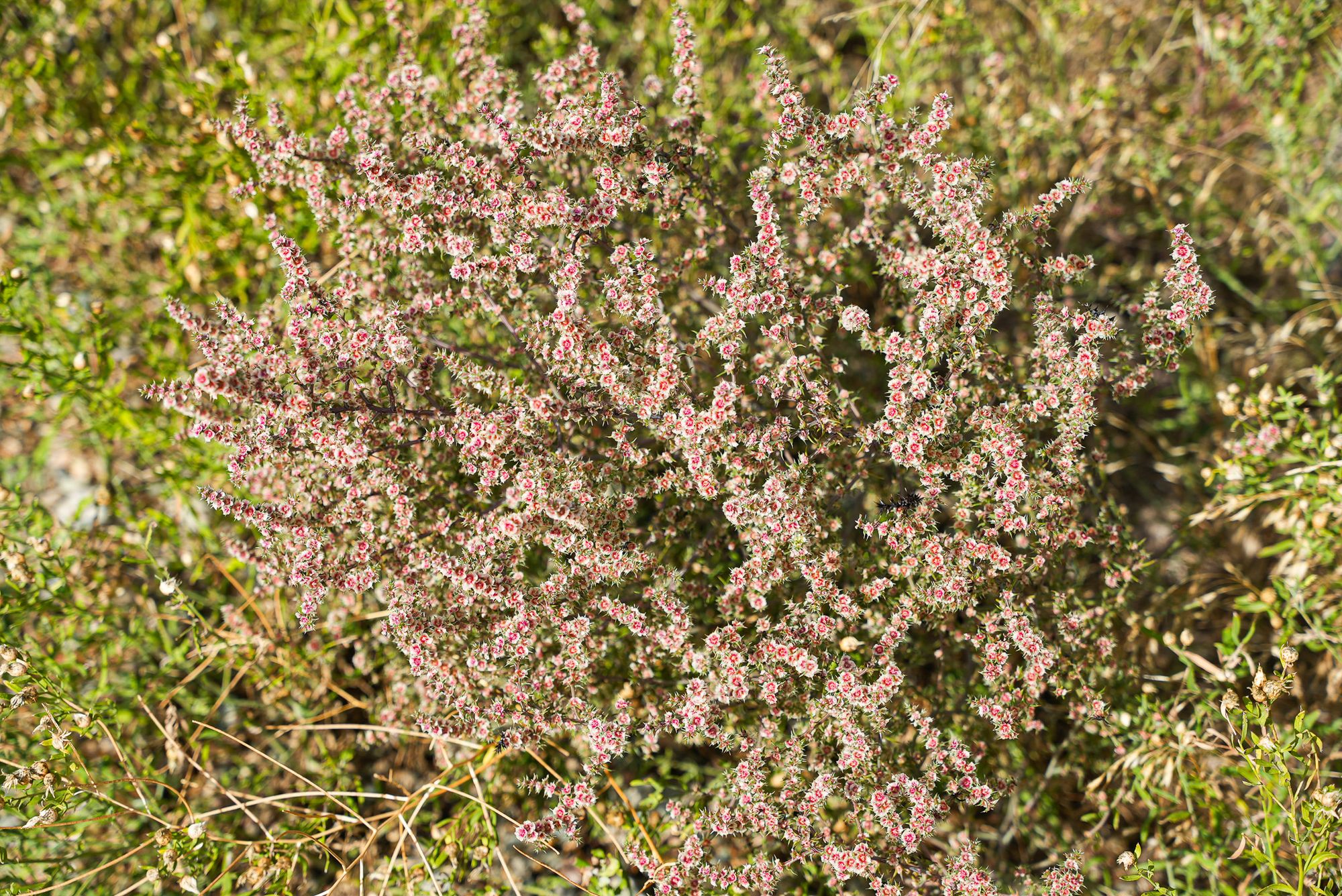
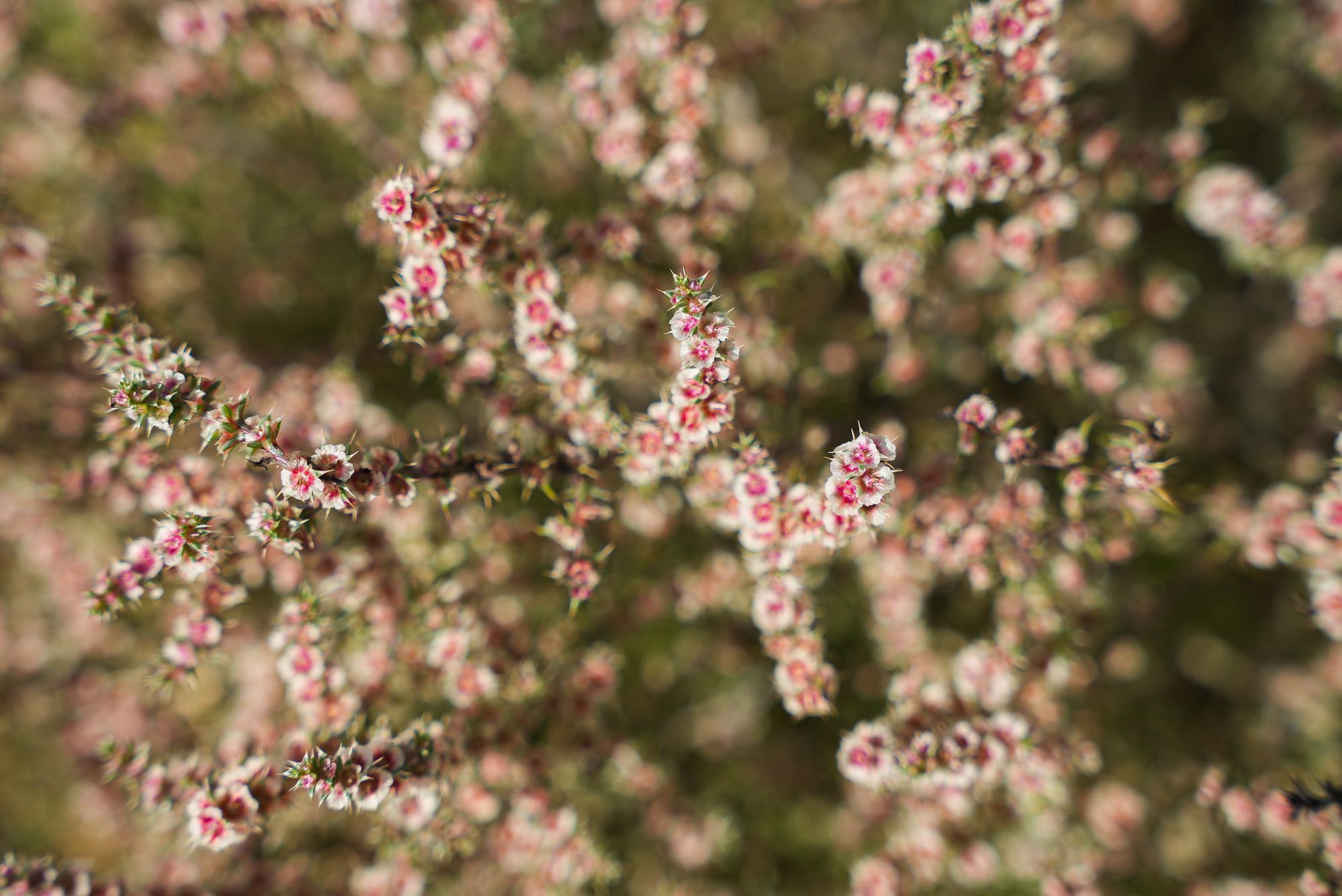
Our other wind-pollinated flower is big sagebrush (Artemisia tridentata), a common, native shrub found in drier areas of the Methow Valley. Sagebrush is in the sunflower family, and like other sunflowers, each flower head is composed of a cluster of 3-12 tiny flowers. Sagebrush is unique because its petals are fused together, making it even harder to tell there is a cluster of separate flowers.
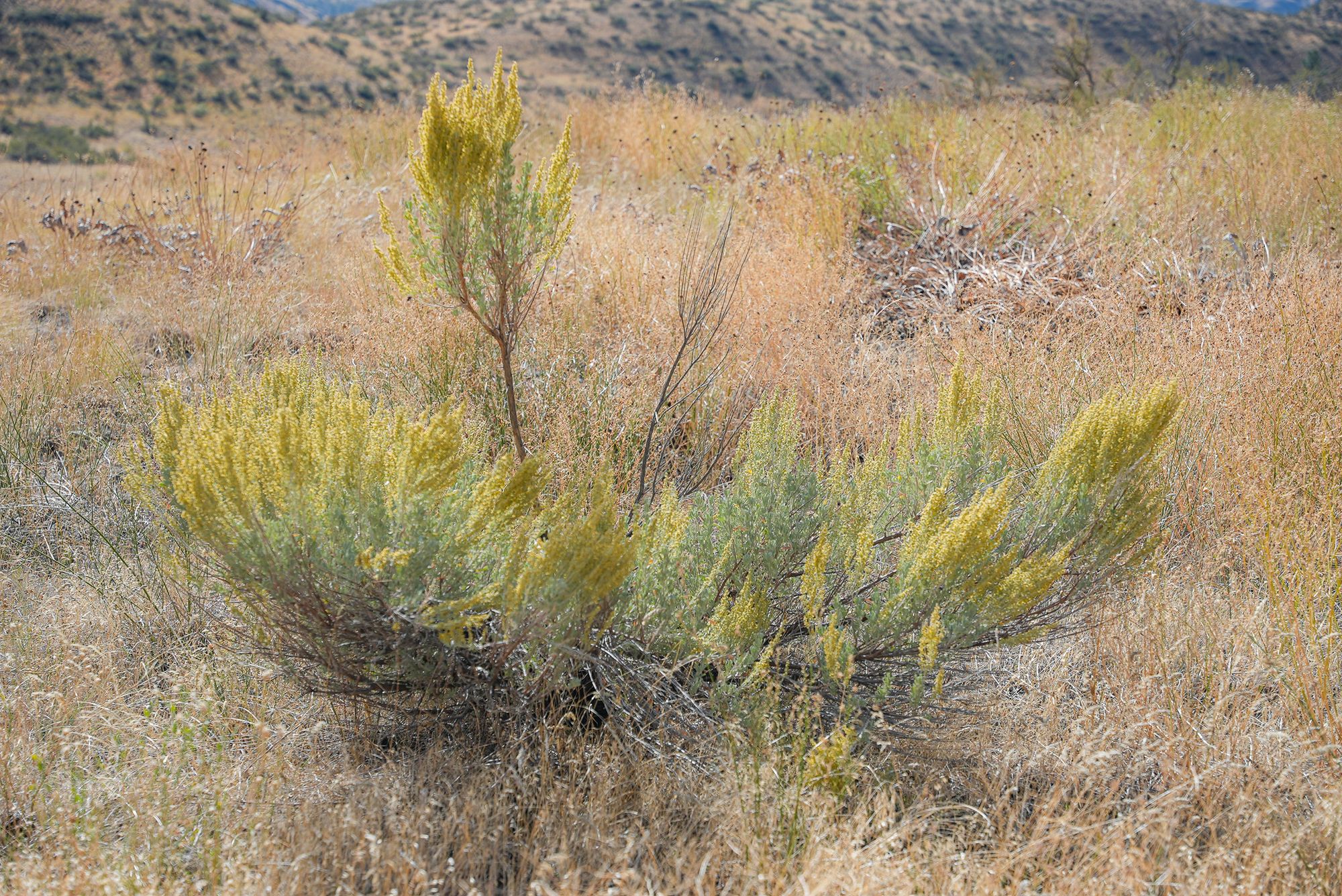
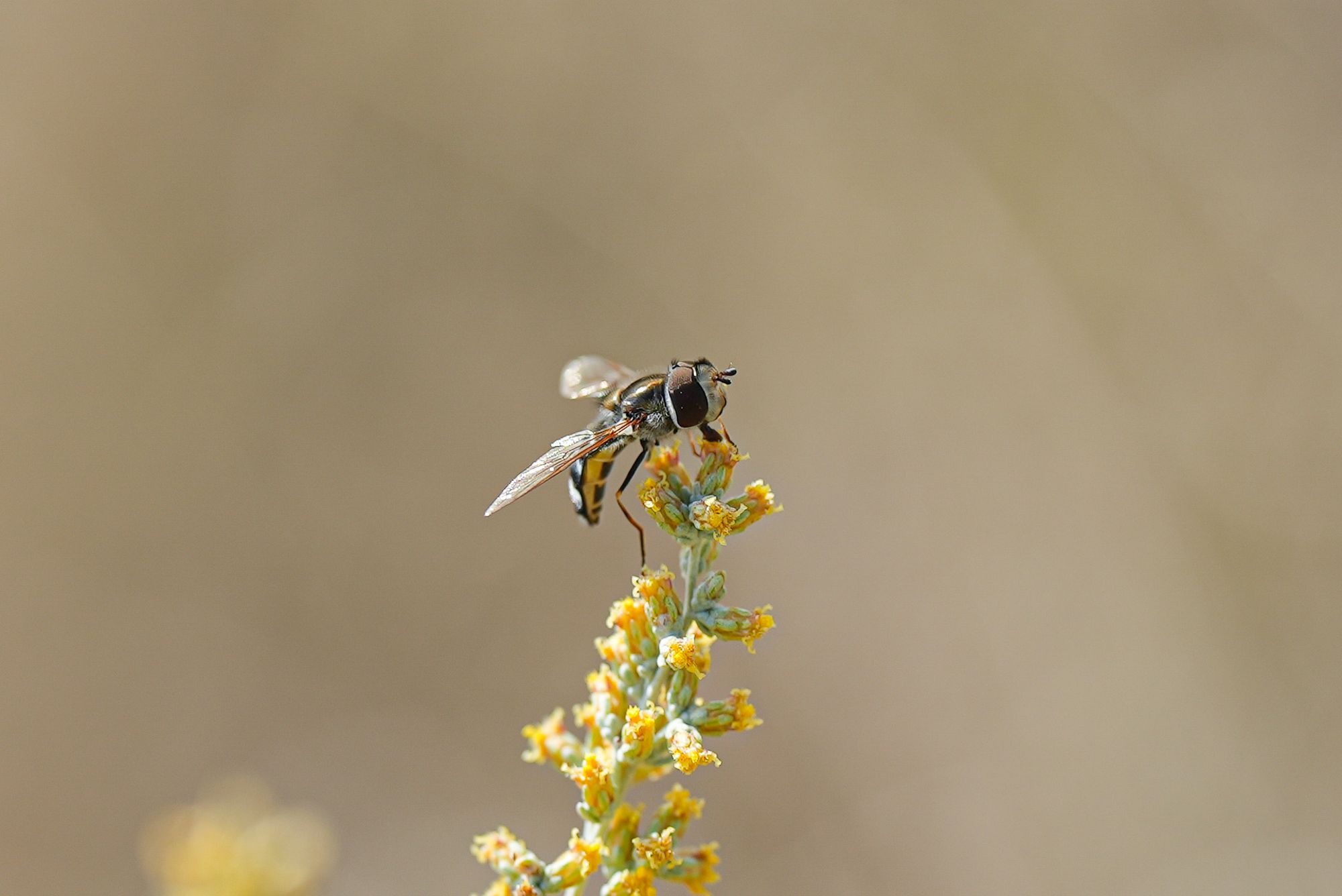
Relying on wind is a fantastic strategy because wind is always present and does all the work for free, but it's an extremely inefficient strategy that can only work if a species is common and if the plant produces immense quantities of pollen.
A more costly, but targeted, approach is to produce sweet nectar that attracts insects who fly from flower to flower in search of more nectar and pollen. This is the strategy used by rabbitbrush (Chrysothamnus nauseosus), a common, close relative of sagebrush.
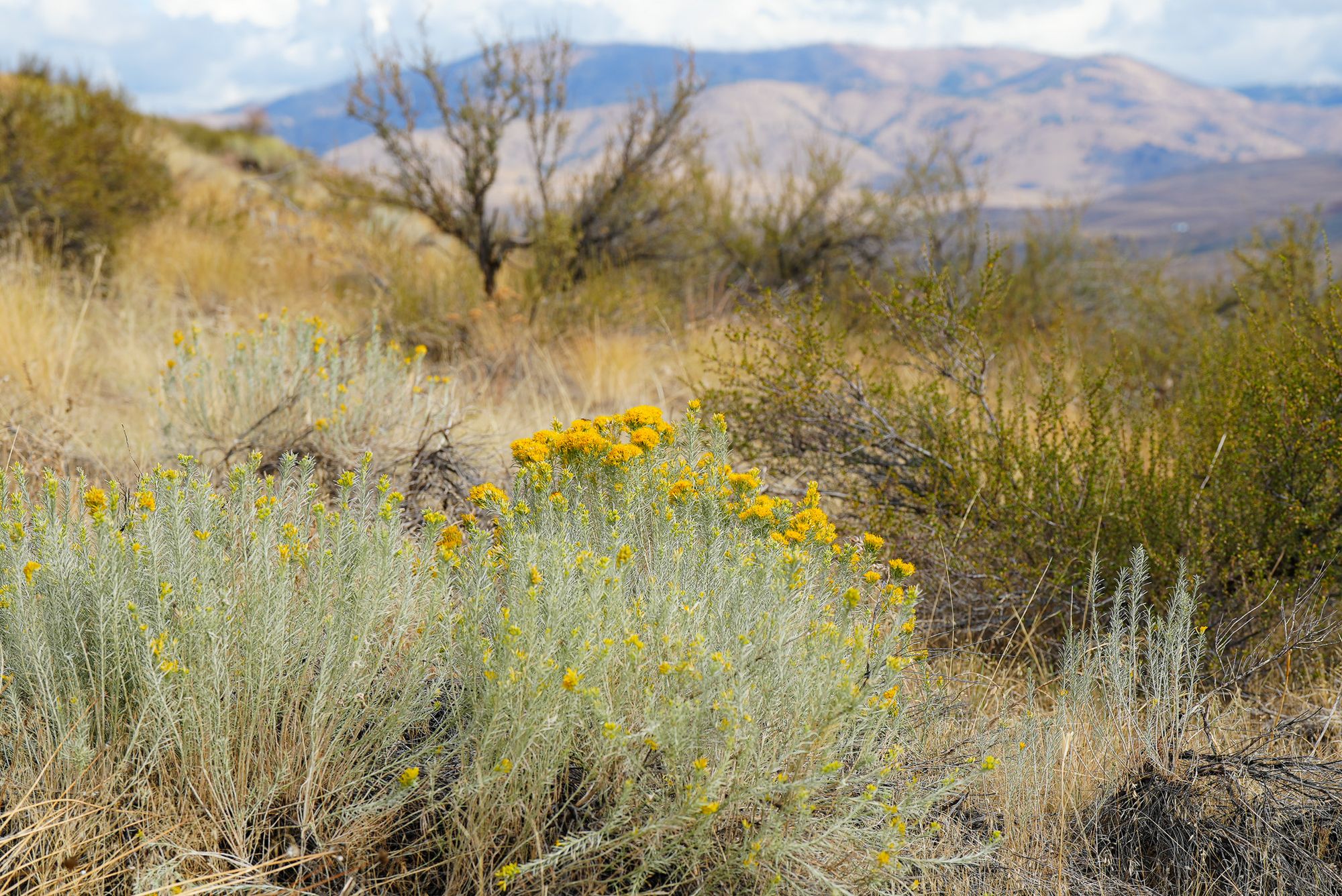
As mentioned above, there are not a lot of pollinating insects flying around right now, but rabbitbrush overcomes this limitation by producing showy displays of abundant, colorful flowers, and by being the only show in town at this time of year.
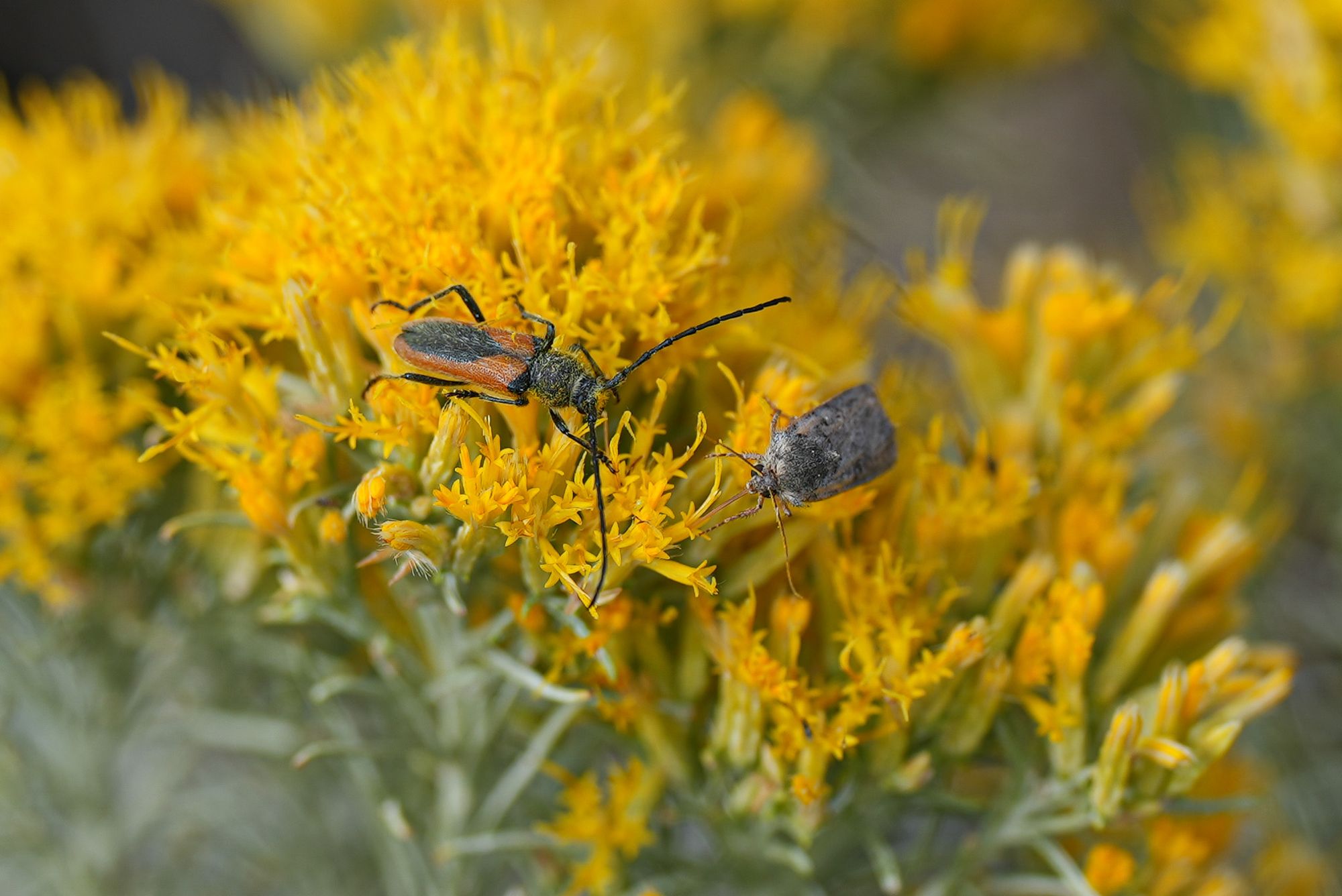
Every pollinating insect that is still active right now is immediately drawn to rabbitbrush, making this a very important plant. This is especially true for bees, including honeybees, who are busy stockpiling a supply of pollen to get them through the winter.
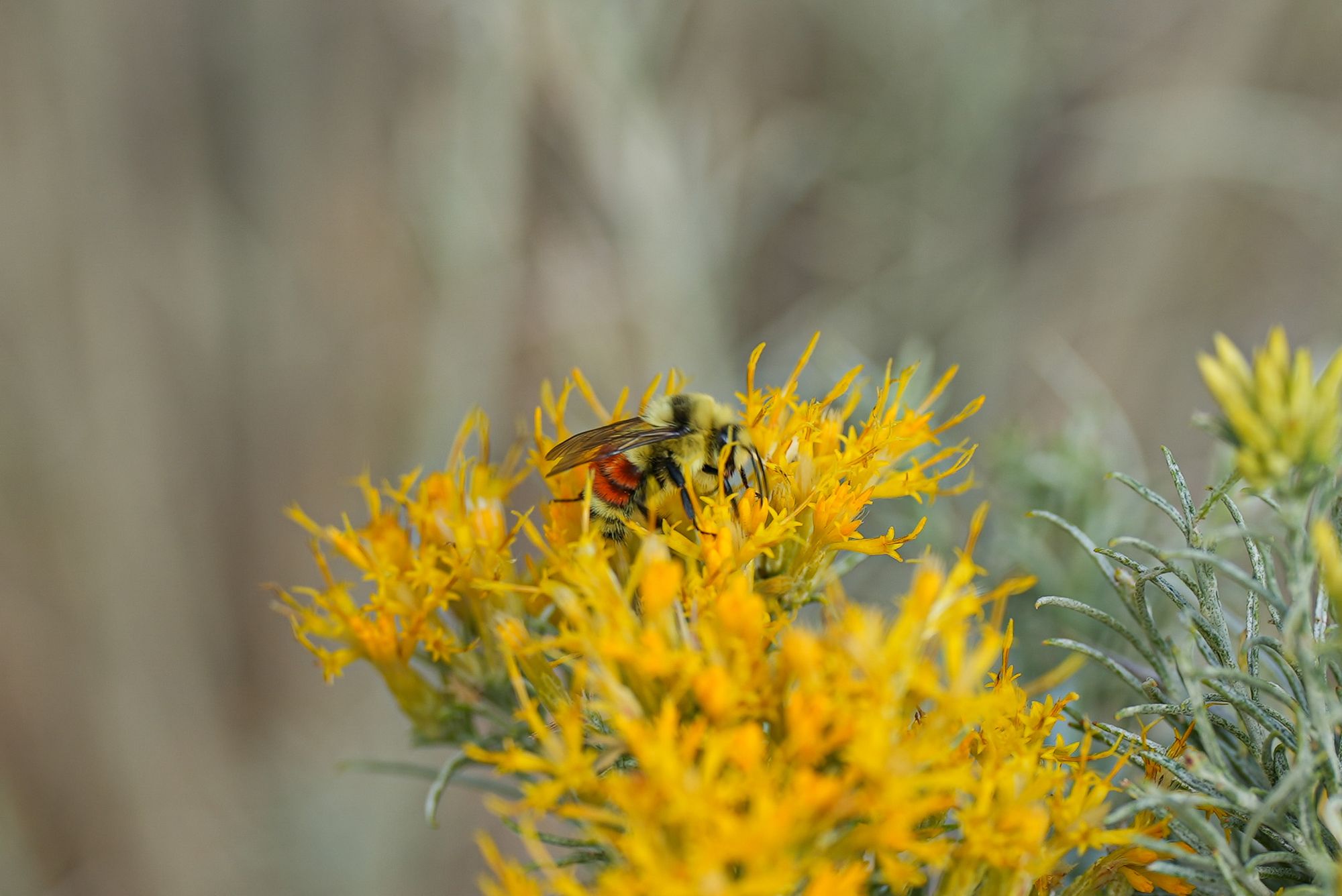
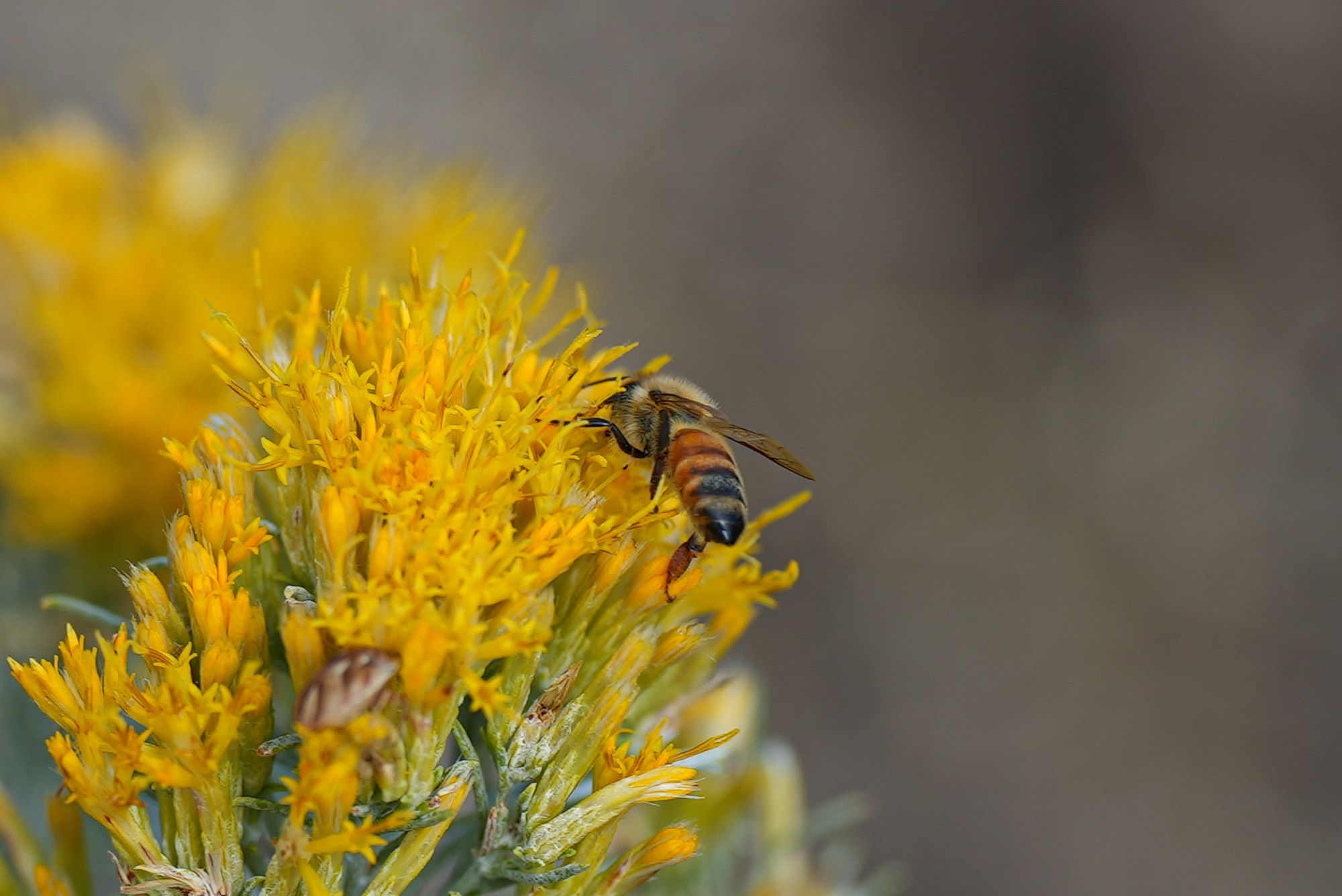
All these busy animals are a good reminder that there are lots of chores that need to be done right now. It's time to get back to work and I hope you enjoy these glorious fall days!

